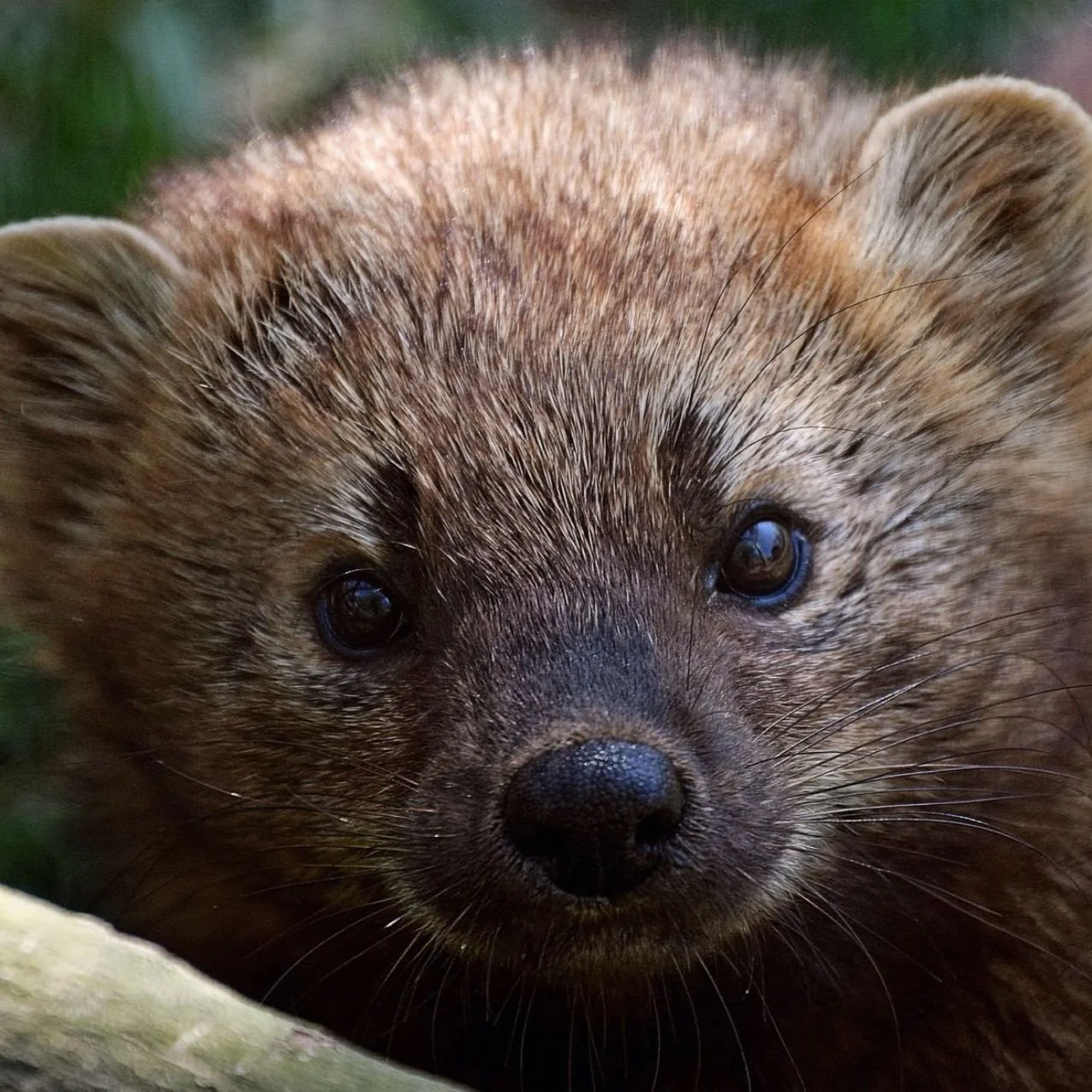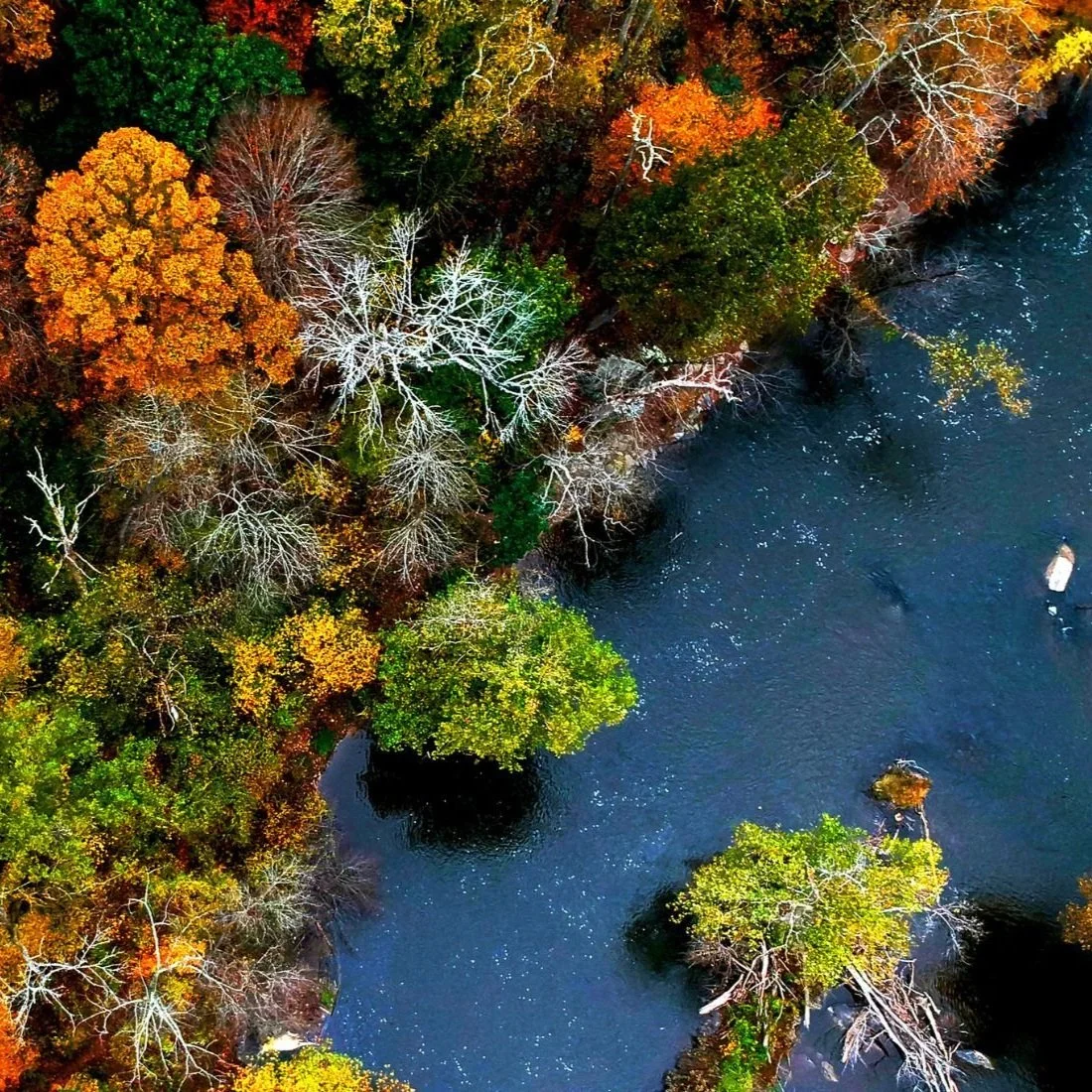Why does densely populated DC have so much wildlife?
/Washington’s unique geography and location provide some answers
A bald eagle flies from its perch on a light post at the Washington Navy Yard in Washington, DC. Photo by Chesapeake Bay Program.
Imagine this.
It’s a beautiful sunny day in the nation’s capital, and you’ve just returned home from a pleasant hike in Rock Creek Park.
Suddenly, after settling in on the couch for an afternoon nap, you see a black shape shuffle past your window.
As you move closer to investigate, you spot a small black bear foraging through trash on the side of your home.
Sound far-fetched?
While bear sightings aren’t common, they aren’t unheard of in the DC metro area. A quick google search of the phrase “DC area wildlife sightings” kicks back thousands of results. From bears and bats to coyotes, dolphins, and eagles — it’s clear we are not the only ones living here.
But why is it that densely populated DC and its neighboring communities have so much wildlife?
Washington’s unique geography and location provide some answers.
“DC has a tremendous variety of habitats and niches for different species to occupy,” John Hadidian, a wildlife biologist, recently told WAMU.
The city lies at the confluence of two waterways: the Potomac River, which stretches approximately 400 miles northwest into Virginia and West Virginia, and the smaller 9-mile Anacostia River, which flows through parts of Montgomery and Prince George’s counties in Maryland.
According to Hadidian, wildlife use the rivers as “corridors” into the city. In a similar way that human’s depend on interstates and highways for travel, animals depend on natural corridors, like rivers, to navigate safe passage into new territories.
The Potomac and Anacostia rivers are unique in that large portions of their banks are protected parkland, giving wildlife space to live and travel. The C&O Canal National Historical Park, for example, runs the length of the canal and can connect wildlife to our region from as far away as Ohio.
Tree-lined riverbanks are also good for water quality because trees prevent and filter pollution, and clean water is crucial for all animals.
“That’s awesome” you say. But back to the idea of a bear outside my window.
Why is this a good thing again?
Wildlife diversity supports a healthy environment for humans. Animals provide numerous benefits to people, such as pest control and pollution prevention, according to Matt Palmer, a senior lecturer from Columbia University’s Ecology, Evolution, and Environmental Biology department.
Additionally, Palmer says we should appreciate wildlife diversity for our own enjoyment. “[Diverse ecosystems] provide recreational, aesthetic, and spiritual value — many urban dwellers appreciate their beauty and companionship,” he said.
So yes, the nation’s capital is booming with all sorts of wildlife, and yes, it’s a great thing for us!
But with more wildlife, comes more responsibility. Protecting the Potomac isn’t just about protecting the water we drink or the parks we love. It’s also about protecting the otters, eagles, and dolphins that call this place home.
Do your part to protect local wildlife habitat by joining us at a river cleanup on April 21 at Four Mile Run in Alexandria.















Curious to know why some animals prefer living in the liminal spaces of the day, and which critters to keep an eye out for on your next dawn stroll or twilight hike? Let’s illuminate this fascinating – and, if you ask us, underappreciated – side of wildlife behavior!